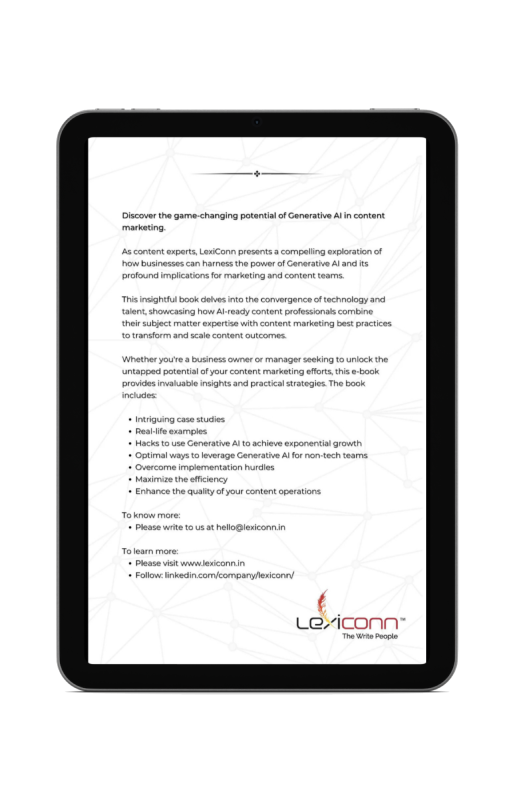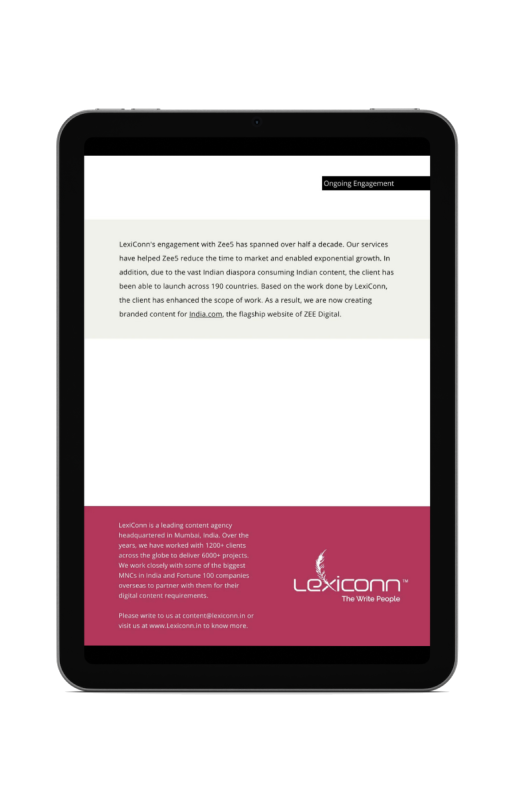
Website speed is a critical factor that influences user experience, search engine rankings, and overall site performance. A slow-loading website can deter visitors, leading to higher bounce rates and lower conversion rates. Moreover, search engines like Google consider page load time as a significant ranking factor, impacting your site's visibility in search results. This blog delves into the importance of website speed optimization, its impact on SEO, and practical strategies to enhance site performance.
Website speed refers to how quickly a browser can load fully functional web pages from your site. It's a pivotal aspect of user experience; a delay of even a few seconds can frustrate users and prompt them to leave your site. Studies have shown that faster-loading sites tend to have higher conversion rates, lower bounce rates, and improved user experience, leading to better search rankings.
REDDIT.COM
Search engines aim to provide users with the best possible results, which includes directing them to sites that offer a seamless experience. Page speed is a confirmed ranking factor for Google's search results. While it may not have a strong impact all the time, it's a signal that goes into evaluating page experience.
SEARCHENGINEJOURNAL.COM
A slow page speed means that search engines can crawl fewer pages using their allocated crawl budget, and this could negatively affect your indexation.
BLOG.UNINCORPORATED.COM
Several elements can influence your website's loading speed:
Server Performance: The quality of your hosting service plays a significant role in how quickly your site loads. Shared hosting environments can lead to slower performance due to resource competition among multiple sites.
Image Optimization: Large, uncompressed images can significantly slow down page load times. Optimizing images by reducing their size without compromising quality is essential.
Browser Caching: When a browser caches your web pages, it stores elements like images and scripts, reducing the need to reload them on subsequent visits. Improper caching settings can lead to longer load times.
Code Minification: Excessive or unnecessary code in your HTML, CSS, and JavaScript files can increase page size and slow down loading. Minifying code involves removing unnecessary characters and spaces to streamline files.
Redirects: Multiple redirects can increase load times as each redirect triggers an additional HTTP request-response cycle.
Enhancing your website's speed involves a combination of best practices and optimization techniques:
Investing in a high-quality hosting service can significantly impact your site's performance. Consider options like dedicated or managed hosting services that offer better resources and performance compared to shared hosting.
A CDN distributes your site's content across multiple servers worldwide, allowing users to access data from a server closest to their location. This reduces latency and improves load times. Using a content delivery network (CDN) reduces page loading times for users.
SEMRUSH.COM
Compress images using tools or plugins to reduce their file size without sacrificing quality. Additionally, use appropriate image formats (e.g., JPEG for photographs, PNG for graphics with transparent backgrounds) and implement responsive images to ensure optimal loading on various devices.
Remove unnecessary characters, spaces, and comments from your code to reduce file sizes. Many tools and plugins can automate this process, leading to faster load times.
Set up your server to specify how long browsers should cache your site's resources. This allows returning visitors to load your pages faster as elements are stored locally in their browsers.
Each element on a web page (images, scripts, stylesheets) requires an HTTP request. Minimize these requests by combining files, using CSS sprites for images, and removing unnecessary plugins or scripts.
Use GZIP compression to reduce the size of your HTML, CSS, and JavaScript files. This can significantly decrease the time it takes for browsers to download these resources.
Ensure that the content visible to users without scrolling loads first. This can be achieved by deferring the loading of non-critical resources and asynchronously loading scripts.
Excessive or outdated plugins can slow down your site. Regularly audit your plugins, deactivate those that are unnecessary, and ensure the remaining ones are updated.
Lazy loading defers the loading of non-critical images and videos until they are needed, such as when a user scrolls down the page. This reduces initial page load time and conserves bandwidth.
Utilizing the right tools can help you identify areas for improvement and monitor your website's performance:
This tool analyzes your site’s performance on both mobile and desktop devices, providing a score and suggestions for improvement.
GTmetrix offers insights into your site's speed and provides recommendations based on various performance metrics.
Pingdom allows you to test your site's speed from multiple locations worldwide and offers detailed performance reports.
This tool provides in-depth analysis, including load time, first byte time, and rendering times, helping you pinpoint specific performance issues.
While technical optimizations play a significant role in enhancing website speed, content also has a notable impact on page load time and overall site performance. Here's how content can influence your website speed and what you can do to ensure it works in your favor:
Images, videos, and infographics can elevate your content quality, but they often lead to sluggish page speed if not optimized. Here’s how to balance rich media and site performance:
Compress Images: Use tools like TinyPNG, ImageOptim, or built-in WordPress plugins like Smush to compress images without compromising quality.
Right Formats: Use modern formats like WebP, which offer better compression than JPEG or PNG.
Limit Video Autoplay: Autoplaying videos can significantly increase page load time. Use video thumbnails instead and let users click to play.
Use Lazy Loading: This technique ensures images and videos load only when they come into the user’s viewport, enhancing page speed.
Embedding YouTube videos, social media widgets, or third-party plugins can increase HTTP requests and slow down your website speed. Instead:
Fonts and icons can make your website visually appealing, but custom fonts often delay loading times. Solutions include:
While long-form content is excellent for SEO, unnecessarily lengthy pages with oversized images, high-res graphics, or bloated CSS can slow down your website. Keep content precise and clean:
Page load time is more than just a user experience factor; it’s a direct ranking signal for search engines like Google. Here’s how website speed optimization influences your SEO:
Google’s Page Experience Update places a premium on Core Web Vitals—metrics that measure website speed, responsiveness, and visual stability. A site with slow page speed risks lower rankings, particularly in mobile search results.
Search engines allocate a crawl budget to each website, determining how many pages their bots will crawl within a timeframe. If your website speed is slow, search engines might crawl fewer pages, leading to incomplete indexing and lower visibility.
Visitors are likely to abandon a slow-loading website. Research from Google shows that the probability of a bounce increases by 32% as page load time goes from 1 second to 3 seconds. High bounce rates signal poor user experience, negatively impacting SEO.
Page speed directly affects user engagement metrics like time on site and pages per session. A fast website keeps users engaged, reduces abandonment, and encourages return visits—all of which contribute to improved SEO performance.
Follow this comprehensive guide to optimize your site performance and reduce page load time:
Use the best tools to check website speed, such as:
These tools will identify the bottlenecks affecting your page speed and offer actionable suggestions.
GZIP compresses web files before sending them to browsers, reducing file size and improving page speed. You can enable GZIP through your hosting provider or via your .htaccess file.
Consider switching from shared hosting to VPS, cloud hosting, or dedicated servers for better website speed and performance.
A CDN stores your site’s content across multiple data centers globally, ensuring users access your content from the closest server.
Audit your CMS regularly and deactivate or delete unused plugins and themes. Keep only the essential ones that contribute to functionality.
Use tools like WP-Optimize (for WordPress) to clean your database by removing redundant data, spam comments, and old revisions.
At LexiConn, we understand that content alone isn't enough. Quality content must be delivered swiftly to captivate readers and satisfy search engines. Slow page speed can undermine even the most well-crafted copy. That’s why our content writing services align with best practices in website speed optimization, ensuring that your message reaches the audience without delay.
Whether you're publishing thought leadership articles, SEO blogs, or website copy, our team ensures your content is performance-ready. Combining compelling writing with technical insights, we help businesses maximize both engagement and search visibility.
Are you ready to accelerate your website speed and improve site performance? Reach out to LexiConn and let our experts craft content that not only ranks but also loads in a flash!
Visit LexiConn Content Writing Services to learn more.
Book a FREE 30-minute website audit consultation today. Visit www.lexiconn.in or email [email protected] to get started.



I have read and accept the Privacy Policy
Read More